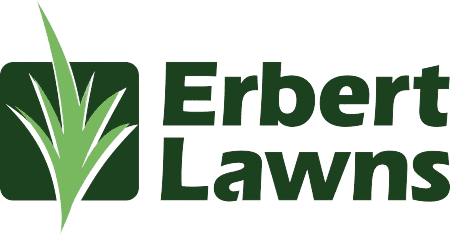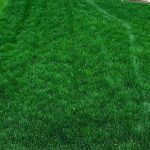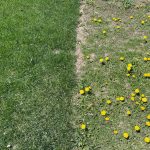By Tyler Campbell
Summer is the time of year to slow down, to sit, and watch the grass grow. But your grass won’t grow in this dry climate without the right kind of care, and can turn into a dry, brown patch in a matter of weeks. If you want a thick green lawn, you’ll have to take care of it. Here are some of the dos and don’ts of summer lawn care on the Front Range.
Do: Seed At Certain Times
You’ve got lots of leeway to seeding your lawn in Colorado — from March through September, but the best time is mid-August onward. It’s a good way to thicken up a lawn troubled by drought, pests, or shade. Seeding is also a key component to rehabilitating a struggling lawn. Just make sure you don’t seed after the first frost — even if it comes in early September.
Do: Amend The Soil
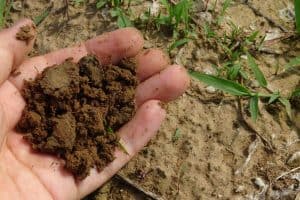
Amending the soil and fertilizer can be the fast track to a green lawn. That’s especially true in Colorado, where the soil needs a little help to feed thriving plants. It can be as simple as organic compost or manure, but it depends on whether you have sandy or clay soil. If you’re not sure what your soil needs, get a soil test kit from any home improvement store or mail a soil sample to the Denver Extension office.
Don’t: Water At The Wrong Time
A big don’t in Denver is watering the lawn during the day. In fact, it’s against city ordinance to water the lawn between 10 AM and 6pm from May 1 to October 1. The best time to water is in the early morning between 4 am and 10 am, when the water won’t evaporate as easily into the cooler, dry air — and it won’t get you in trouble with the authorities. Also, keep an eye on the weather. Turn off the sprinklers if it’s raining or if it’s a windy day. Those blustery Colorado winds can carry the water droplets away, leaving your lawn high and dry.
Tip: Your lawn needs water if it turns gray-green, or the blades of grass don’t spring back after someone walks on it — you can see footsteps.
Do: Choose The Right Grass
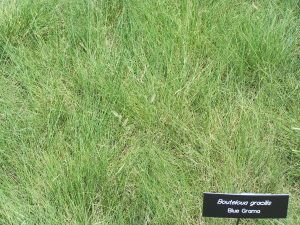
Little known fact: Colorado has a state grass. Blue grama grass is drought-tolerant and hardy like any native species. Be warned that it does not stand up to heavy foot traffic, so it may not be the right grass if you have regular family football games in the backyard.
Cool-season grasses thrive in Colorado — with a root system that withstands those Mile High winters and turns a deep green in the height of summer. Kentucky bluegrass is one of the most common grasses you will find on Denver metro lawns, although a popular, more water-friendly alternative is tall fescue.
Grass Menagerie
A lovely green lawn in Colorado is possible, but because of the dry climate and the natural condition of the soil, it’s going to take some work. Consider planting a mixture of cool-season grasses. If you can get the right light, water, nutrition, and maintenance going, your lawn will respond, and you’ll have all summer to enjoy the fruits of your yard work.
Tyler Campbell started mowing lawns in Aurora as a teenager to put himself through college. After getting his degree is landscape architecture, he now designs landscapes for commercial clients, but his favorite part is getting down to grass tacks, and mowing the grass.
